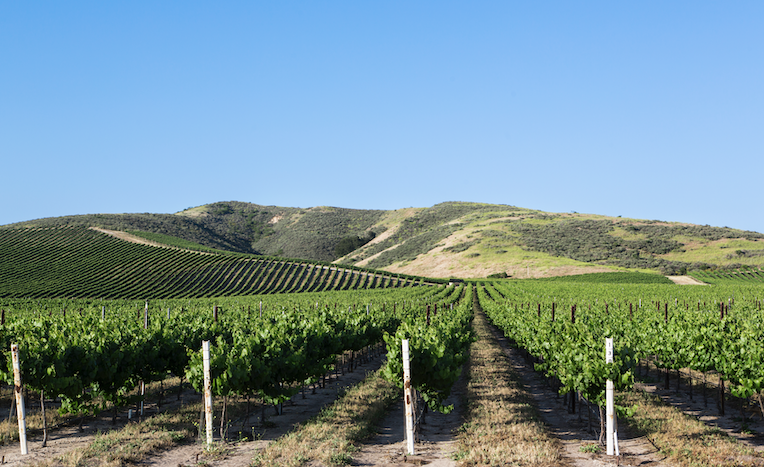Starting a farm is an intense undertaking to say the least. Depending on who your lender is, some homeowners end up better equipped than others. You also need to keep your monthly payment, recurring interest rates, and home’s equity in mind before you get started. This will help you find the best deal on additional land and the best place to start your farm.
The basics of starting a farm
The basics will start with your business plan and where your monthly payment on the land will come from. You also need to know how you’re going to afford the essentials, like grain for livestock and mortgage payments. If you’re a borrower or are setting up a new mortgage, you need to make sure your credit score is in good shape so you’re able to secure your lower interest rate for the life of the loan. Where an existing mortgage loan is concerned, occasionally, you’ll need to know how to refinance a mortgage.
For homeowners, this can free up additional funds and give you further loan options from mortgage lenders. While mortgage rates may vary, a lower rate is certainly ideal. Since many of your funds will be tied up in running your farm, you don’t want a high rate loan working against you. If the loan is only for a shorter term, you may be able to handle a high rate loan, but that higher rate is still less preferable than a lower monthly payment.
Finding a quality grain provider or animal nutrition center is important, too. Many farmers go with companies like Conway Feed. Conway, compared to other main manufacturers, is known for its high-quality, affordable products. It’s perhaps the best way to ensure that you’re providing all of your livestock with exceptional nutrition without having to take out another refinanced loan. Plus, the affordability can help you achieve your financial goals that much more quickly.
Getting support
Financial products are going to be at the forefront of your farm’s support. That’s why it’s key to know what’s on your credit report and have a working understanding of both debt consolidation and the refinancing process. Both debt consolidation and refinancing can be critical if you have outstanding debts, and they can even help you negotiate more favorable terms on your original loan to acquire better mortgage rates, whether that’s for a 30-year mortgage or a shorter term.
As a borrower, you look like a risky bet for lenders if you have outstanding credit card debt, a home loan that is past due, or a current mortgage that isn’t in good standing. The best way to navigate the particulars of your financial situation is often to discuss it with a financial advisor.
Advisors can help you refinance your original mortgage for both long-term and shorter-term contracts and even potentially get you a fixed rate. Since farms are so expensive to maintain, a lower interest rate will always benefit you in the long term. This counts whether you’re comparing mortgage rates for a larger plot of land or expanding your home loan for a self-sustaining plot adjacent to your property.
If a new loan or property is involved, homeowners can navigate a home equity line of credit and closing costs more effectively. A great place to start is with the USDA. This organization seeks to provide support to new and veteran farmers alike and offers specialized programs to provide financial support and assistance.
Starting a farm is often a strenuous task. Homeowners and landowners alike have to navigate home equity, their credit score, and lender availability to determine what their financial status is. They also need to find product suppliers to keep their farm running. It’s hard work, but it’s honest work and can be incredibly rewarding if you come prepared.



